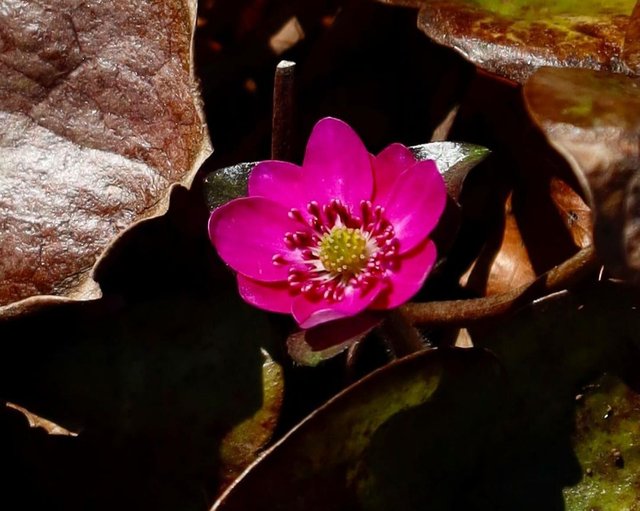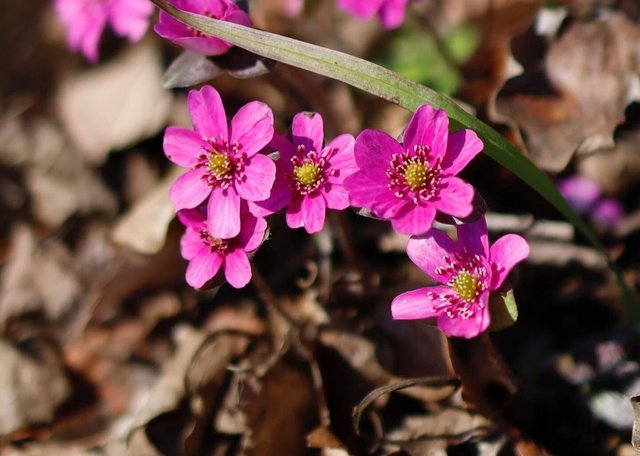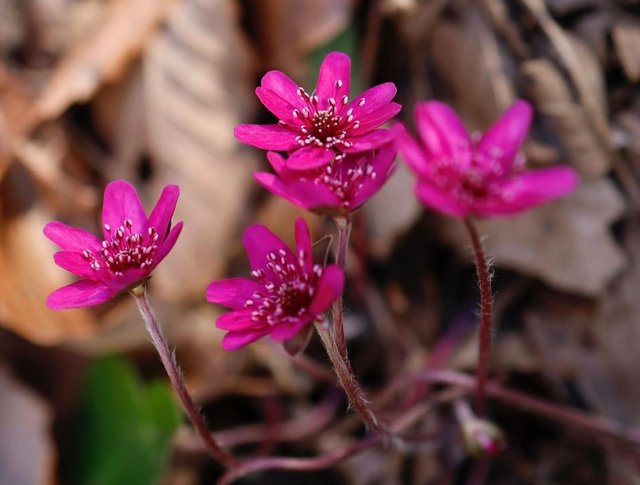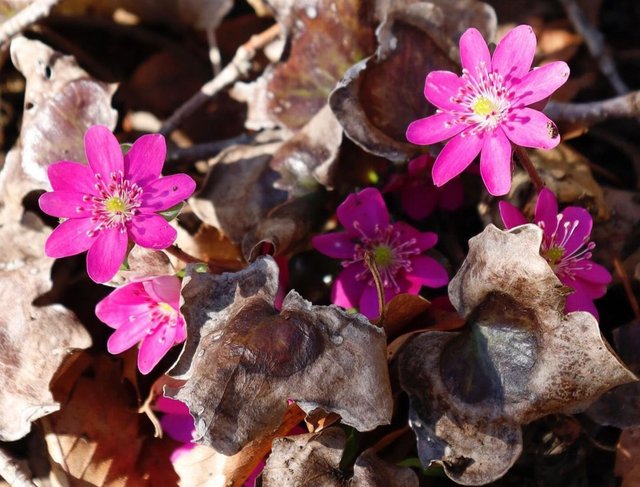In the early days of spring, as nature begins to awaken from its winter slumber, a delicate flower emerges from the forest floor, heralding the arrival of a new season. The Hepatica flower, with its dainty petals and subtle hues, graces woodlands and meadows with its understated charm, captivating all who encounter its beauty.Belonging to the buttercup family, Ranunculaceae, the Hepatica flower, also known as Hepatica nobilis, is a perennial herbaceous plant native to Europe, Asia, and North America. Its name, derived from the Greek word "hepatica," meaning "of the liver," references the shape and appearance of its lobed leaves, which were historically believed to resemble the human liver. This early bloomer typically graces woodlands, meadows, and rocky slopes with its delicate blooms from March to May, adding a touch of elegance to the awakening landscape.


Hepatica flowers exhibit a wide range of colors, including shades of white, pink, lavender, blue, and violet. Some varieties even feature bi-color or multi-colored petals, creating a captivating tapestry of hues against the backdrop of lush green foliage. The flowers, which measure approximately one to two inches in diameter, boast delicate, cup-shaped petals that unfurl to reveal intricate details, such as veining and serrated edges, adding to their allure and charm.


Despite its delicate appearance, the Hepatica flower possesses remarkable resilience and adaptability. Its ability to thrive in diverse habitats, from shaded woodlands to sunny meadows, reflects its adaptive prowess and ecological versatility. Additionally, the flower's reproductive strategy, which relies on both seeds and underground rhizomes for propagation, ensures its continued survival and proliferation in various environments.